Japanese Artist Recreates Iconic Pop Culture Characters Using Only Flowers and Leaves

Raku Inoue is a talented Canadian artist who specializes in carefully arranging flower petals, leaves, and other plant parts to recreate pop culture characters, animals, and pretty much anything else you can think of. Inoue’s journey into painstaking floral art began one windy day in 2017. He was in his Montreal home watching the strong […]
World’s Luckiest Man Grows 63-Leaf Clover
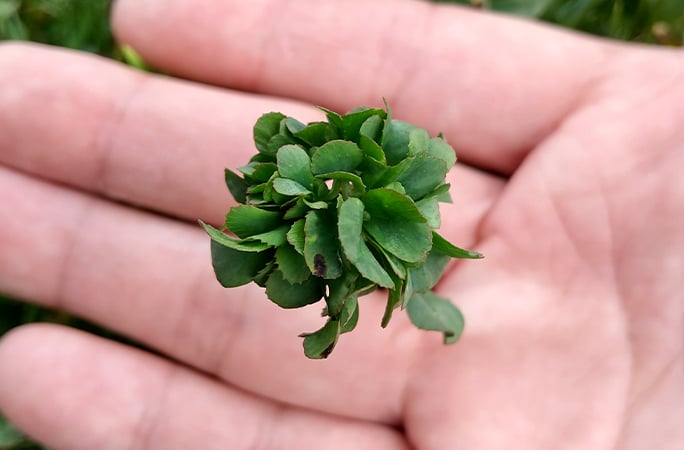
45-year-old Yoshiharu Watanabe can rightfully consider himself the world’s luckiest man after setting a new Guinness Record by growing a clover with 63 individual leaves. What is luckier than a four-leaf clover? Well, a five-leaf clover, of course. By that logic, the more leaves a clover has, the more luck it brings, so Yoshiharu Watanabe […]
Newly Discovered Species of Palm Tree Flowers and Bears Fruit Underground
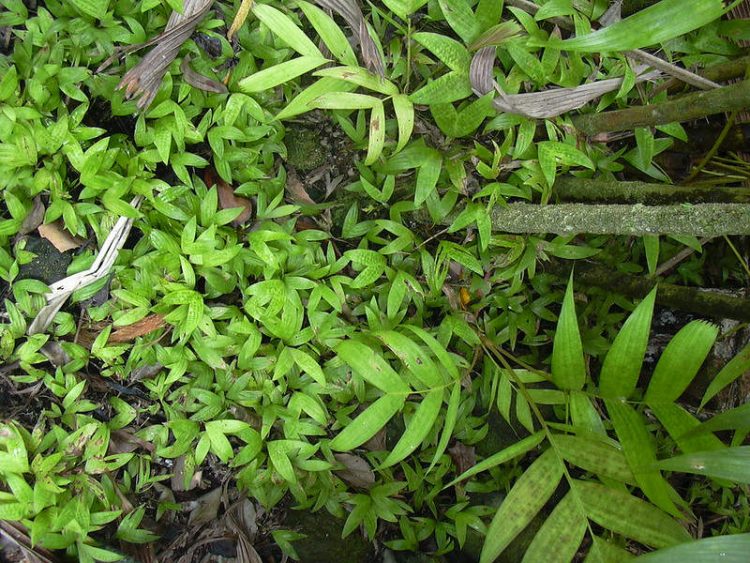
Pinanga subterranea, a new species of palm discovered by researchers at the Royal Botanic Gardens, is one of only two known plants that exclusively fruit and flower underground. There are more than 2,500 species of palm known to science, but Pinanga subterranea, a new species discovered on the tropical island of Borneo, is the only one that […]
Italy’s Famous Upside-Down Fig Tree
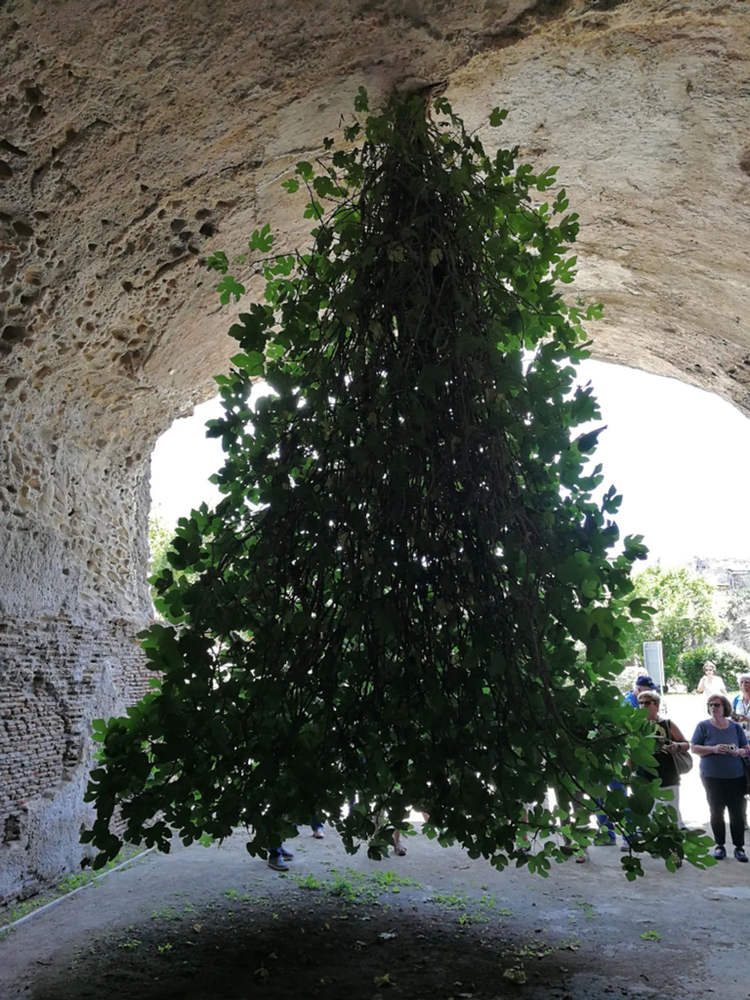
The ancient ruins of Baiae, near the modern city of Bacoli, in Italy are home to a botanical oddity known as the upside-down fig tree. Looking at the tenacious tree growing out of the ceiling of an ancient Roman archway, it’s easy to see why it’s called the upside-down tree. It is literally inverted, growing […]
Artist Uses Real Flower Petals to Create Intricate Fairy Dresses
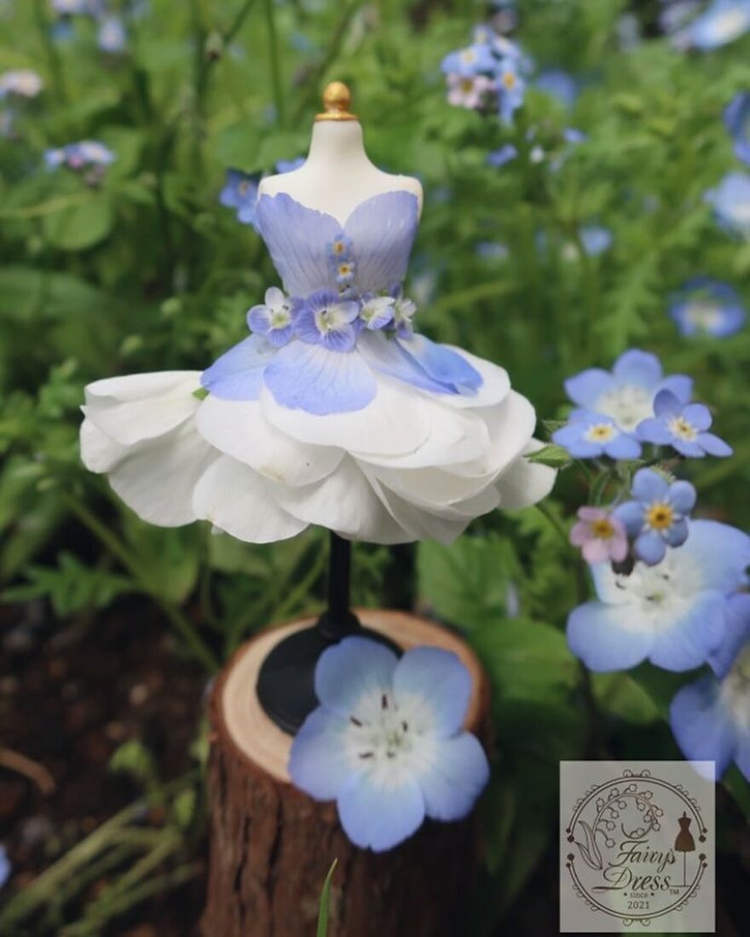
Momotsuki, a 20-year-old artist from Japan, blends her love of gardening and fantasy into a unique art form she calls named “Fairy Dress“. If you think about it, flowers make perfect dresses for fairies, but you need the skill and imagination to turn them into functional garments, and Momotsuki, the talented artist behind the ‘Fairy […]
Animated Oats – The Wild Oat Seeds That ‘Walk’ To Suitable Planting Ground
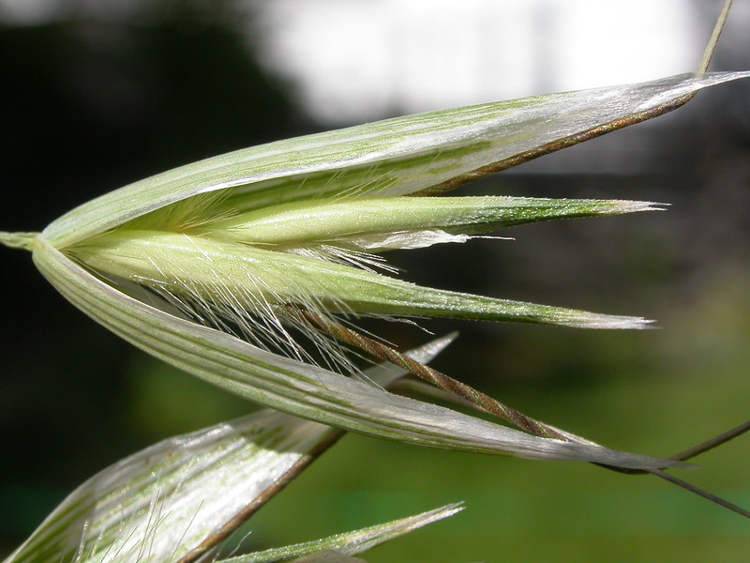
Certain species of wild oats have a special seed dispersal system that looks as if the seeds are walking on the ground looking for suitable soil to take root in. Modern-day oats (Avena sativa) have been drastically altered through domestication and are entirely dependent on humans for their survival. Not only do they need to […]
Coco de Mer – The Palm Tree That Produces the World’s Largest Plant Seed
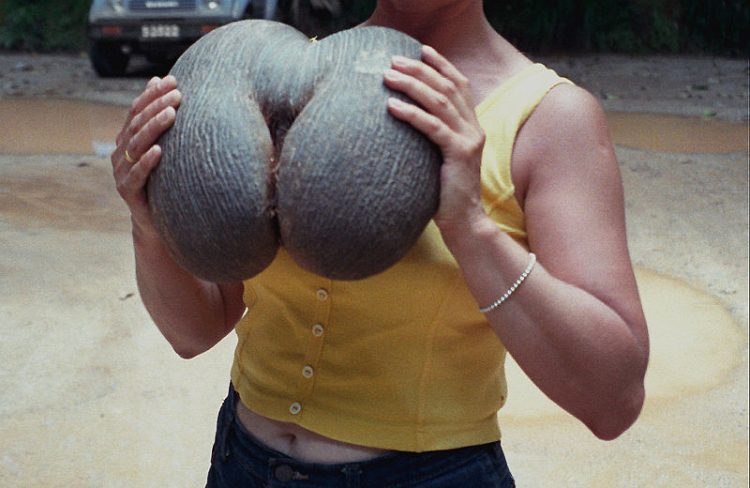
The tropical islands of the Seychelles archipelago are home to a legendary palm tree that produces the world’s largest plant seed – a suggestively-shaped thing that can weigh up to 20 kilograms. Lodoicea maldivica, also known as the double coconut, or coco-de-mer is a remarkable species of palm tree that grows between 25 and 34 […]
Gardener Grows 1,269 Tomatoes on a Single Plant Stem, Sets World Record
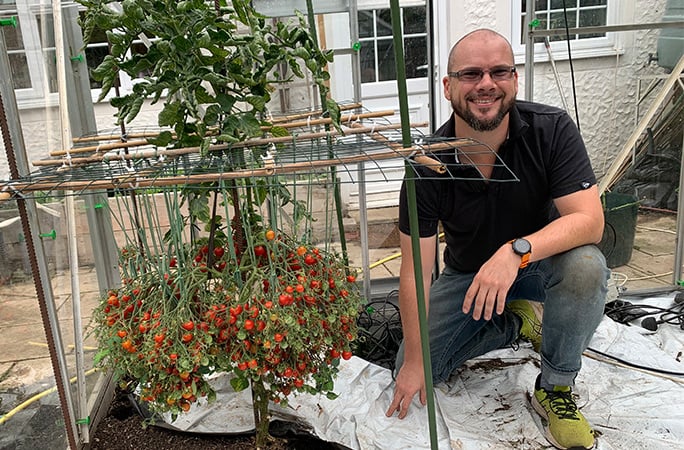
Douglas Smith, a gardener from Hertfordshire, UK recently set a new Guinness Record for most tomatoes grown on a single stem, 1,269. Up until last summer, the record for most tomatoes grown on a single stem had stood unchallenged for over a decade. Then English farmer Douglas Smith set his sights on breaking it, thinking […]
Ornamental Cabbage – The Flowering Cabbage Bred for Looks, Not Taste
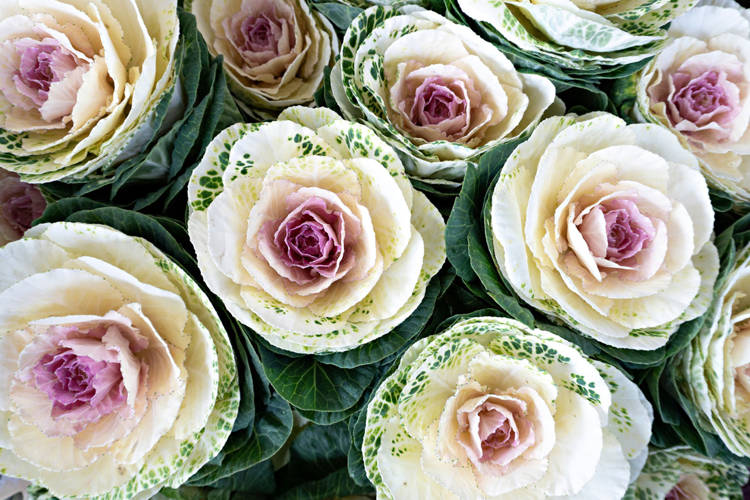
Unless you’re a passionate gardener, the only types of cabbage and kale you know are probably the ones grown as food, but there are quite a few ornamental types of cabbage as well, grown only for their beauty. If you’re looking for something to brighten up your garden in the autumn and winter seasons, ornamental […]
Japan Starts Selling World’s First Genome-Edited Tomato
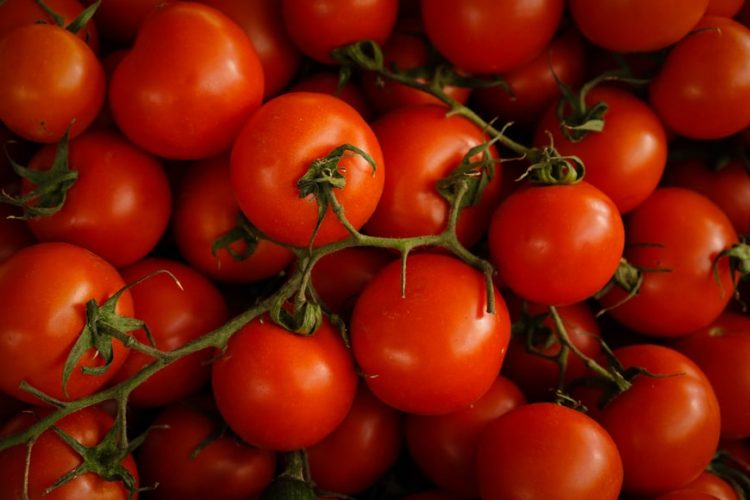
Sicilian Rouge High GABA is a special type of tomato designed to contain high levels of gamma-aminobutyric acid (GABA), an amino acid believed to aid relaxation and help lower blood pressure. Tokyo-based startup Sanatech Seed Co. teamed up with scientists at the University of Tsukuba to develop a new variety of tomatoes using CRISPR/Cas9 gene-editing technology. […]
Welwitschia – The World’s Most Resilient Plant
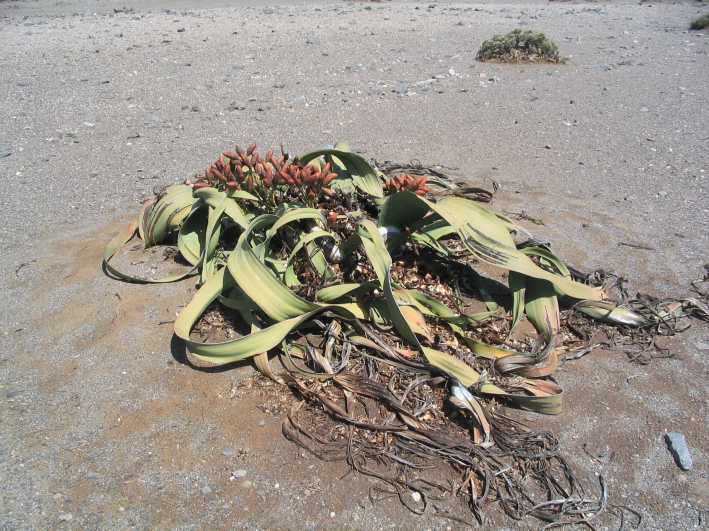
Welwitschia is a fascinating plant that can not only survive for several thousands of years, but it can do so in one of the most inhospitable environments on the planet, the Namib Desert. Named after Austrian botanist Friedrich Welwitsch, who discovered it in Angola in 1859, Welwitschia is actually called ‘tweeblaarkanniedood’ in Afrikaans, which translates […]
The Legendary Giant Plants of Sakhalin
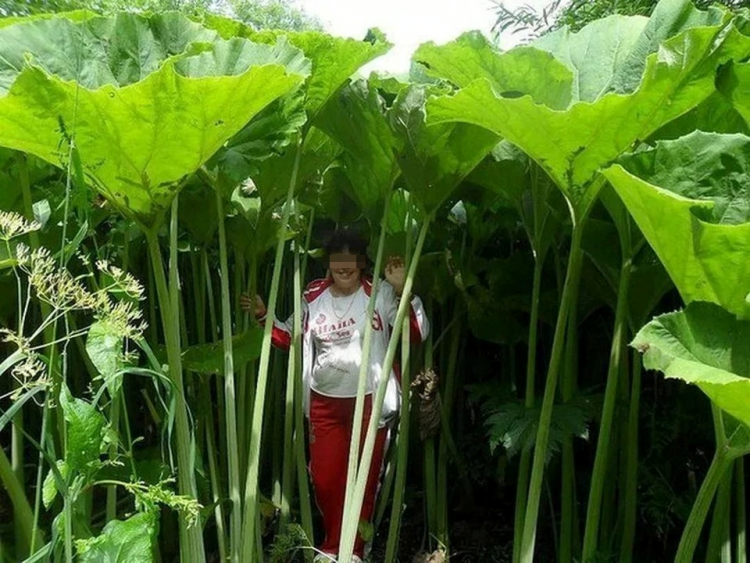
Located in the Russian Far East, the island of Sakhalin is allegedly home to giant versions of common plants like buckwheat, burdock and butterbur that can grow up to 5 meters tall. Sakhalin is known for being the largest island in the Russian Federation, as well as a point of contention between Japan and Russia […]
Genetically-Modified Plants Glow When They Are Stressed

A team of researchers at the Hebrew University of Jerusalem has managed to genetically modify potato plants to glow under fluorescent cameras when stressed by various factors. One of the biggest challenges of modern agriculture is reacting to stress factors before it’s too late. Plants don’t really have a way of conveying how they feel, […]
This Flower Smells Like Dead Insects to Attract Specific Pollinators
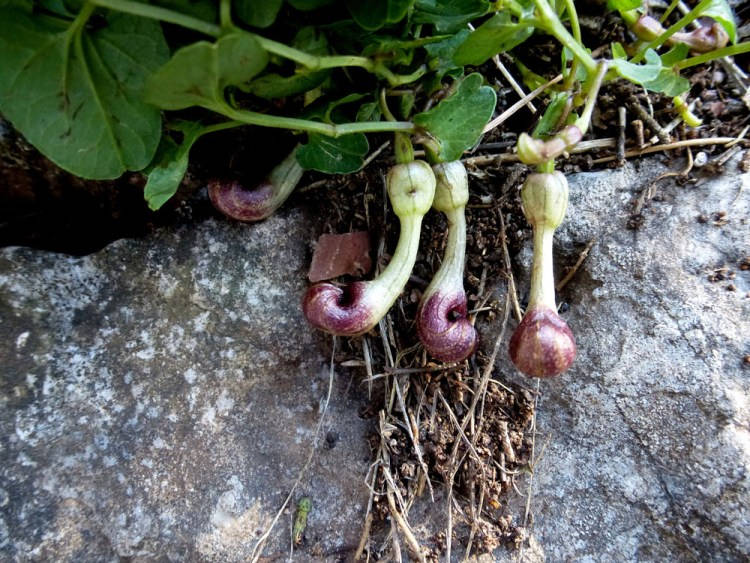
A one-of-a-kind flower endemic to Greece is believed to emit a scent similar to that of decomposing insects in order to attract one of its main pollinators, the coffin fly. Flowers are usually associated with sweet, pleasant smells, but truth is that not all flowers smell nice. In fact, some smell like some of the […]
15-Cetimeter Mutant Potted Plant Sells for $2,200 in Just 30 Minutes
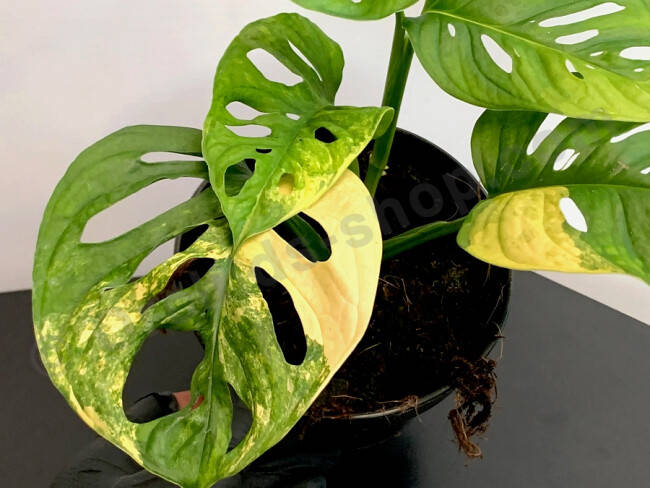
Monstera adansonii is a common house plant that can be purchased for as little as $12 at any home & garden store, but a rare specimen recently sold for a whopping 1,799 euros ($2,200). A garden center in Lovendegem, Belgium recently sold a rare monstera adansonii specimen for a small fortune, in just 30 minutes. […]
